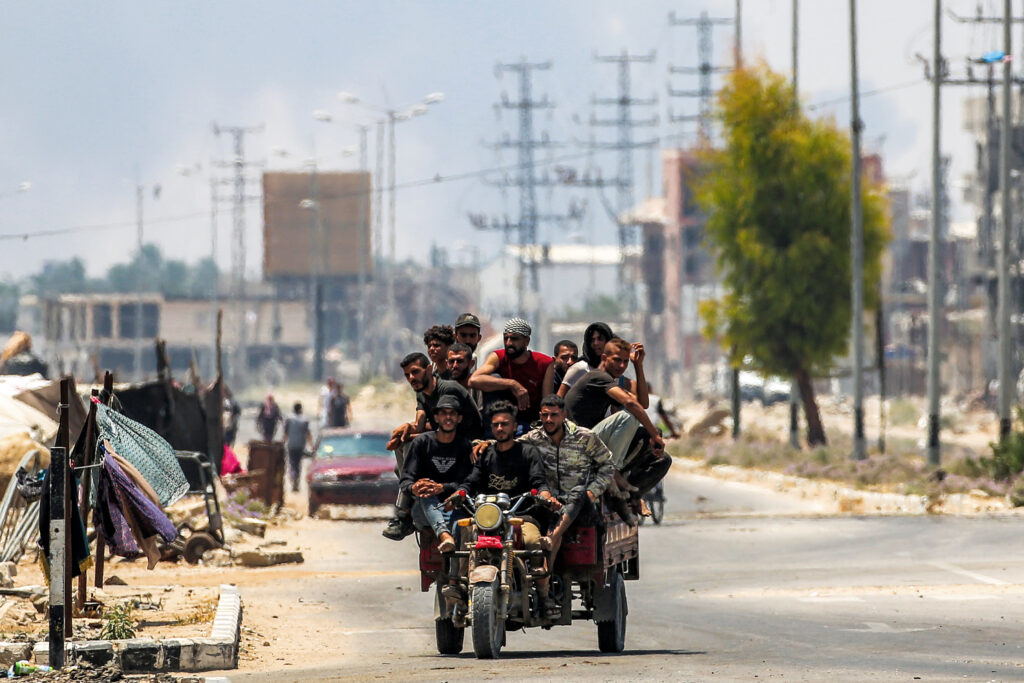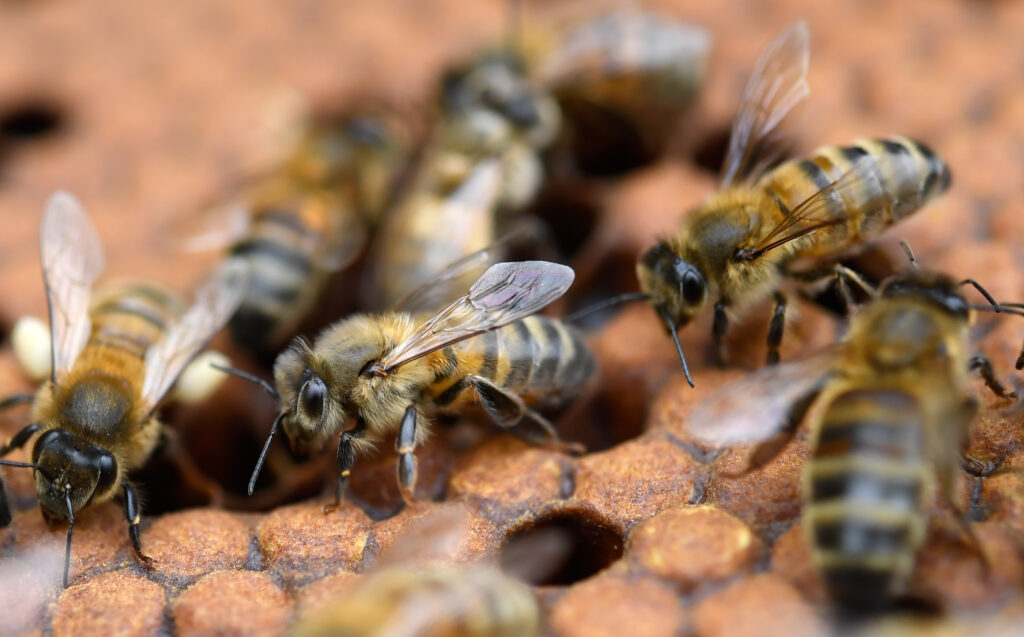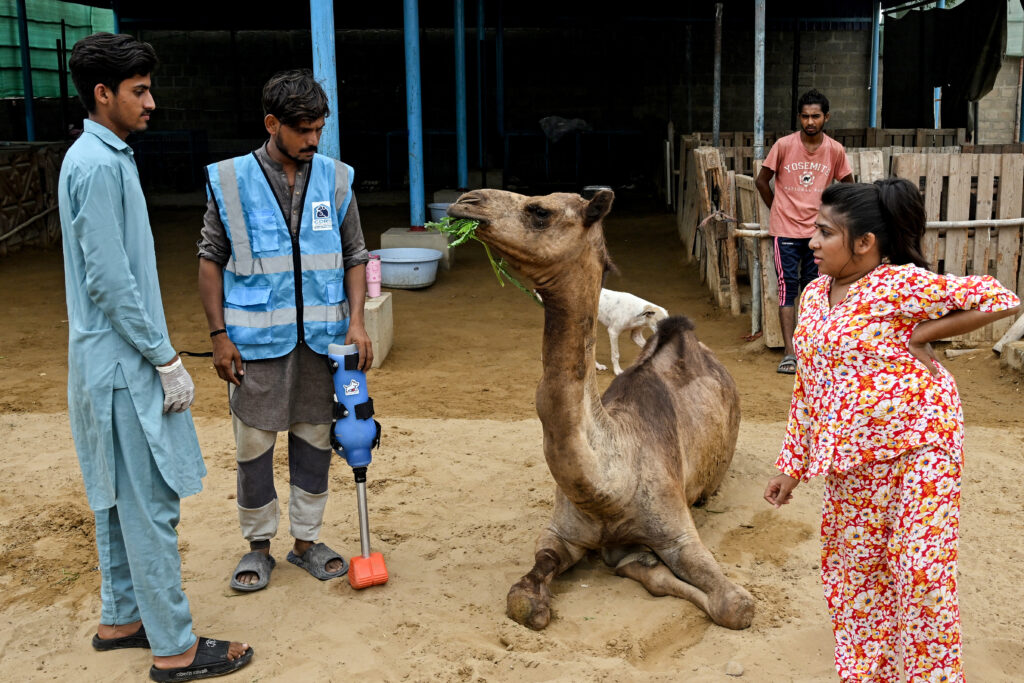Gaza: l’armée israélienne étend ses opérations terrestres au centre du territoire
La Défense civile de la bande de Gaza et des témoins ont fait état lundi de tirs d’artillerie sur Deir al-Balah, dans le centre du territoire palestinien, au lendemain d’un appel israélien à évacuer la zone.L’armée israélienne avait annoncé lundi qu’elle allait étendre ses opérations militaires dans ce secteur, y compris “dans une zone où elle n’était jamais intervenue auparavant” en plus de 21 mois de guerre contre le mouvement islamiste palestinien Hamas, sommant les habitants d’évacuer les lieux.Selon le Bureau des affaires humanitaires des Nations unies (Ocha), entre 50.000 et 80.000 personnes se trouvaient dans ce secteur.Des familles entières se sont alors mises en route, transportant leurs affaires à bout de bras ou sur des charrettes tirées par des ânes en direction du sud, selon des correspondants de l’AFP sur place.”Pendant la nuit, nous avons entendu des explosions énormes”, témoigne Abdallah Abou Slim, un habitant du secteur de 48 ans, faisant état de tirs d’artillerie.”Nous avons peur que l’armée israélienne prépare une opération terrestre à Deir al-Balah et dans les camps du centre de la bande de Gaza, où s’entassent des centaines de milliers de déplacés”, a-t-il poursuivi.Hamdi Abou Moughsib, 50 ans, a déclaré à l’AFP que lui et sa famille avaient fui dès l’aube vers le nord, quittant leur tente installée au sud de Deir al-Balah, après une nuit de bombardements intenses.”Nous avons vu des chars avancer sur plus d’un kilomètre depuis Khan Younès (sud) en direction du sud-est de Deir al-Balah”, a-t-il dit.”Il n’y a aucun endroit sûr dans la bande de Gaza”, note-t-il. “Je ne sais pas où nous pouvons aller.””Nous avons reçu des appels de familles assiégées dans la zone de Baraka, à Deir al-Balah, à cause des tirs de chars israéliens”, a déclaré à l’AFP Mahmoud Bassal, le porte-parole de la Défense civile de Gaza.”Il y a plusieurs blessés, mais personne ne peut accéder à la zone pour les évacuer”, a-t-il ajouté.Mai Elawawda, responsable de la communication à Gaza pour l’ONG médicale britannique Medical Aid for Palestinians, a qualifié la situation d'”extrêmement critique”.”Les bombardements ont lieu tout autour de notre bureau, et les véhicules militaires se trouvent à seulement 400 mètres de nos collègues et de leurs familles”, a-t-elle déclaré, ajoutant que “tout le monde est en train d’évacuer, la plupart sans savoir où aller”.Sollicitée par l’AFP, l’armée israélienne n’a pas commenté dans l’immédiat.






